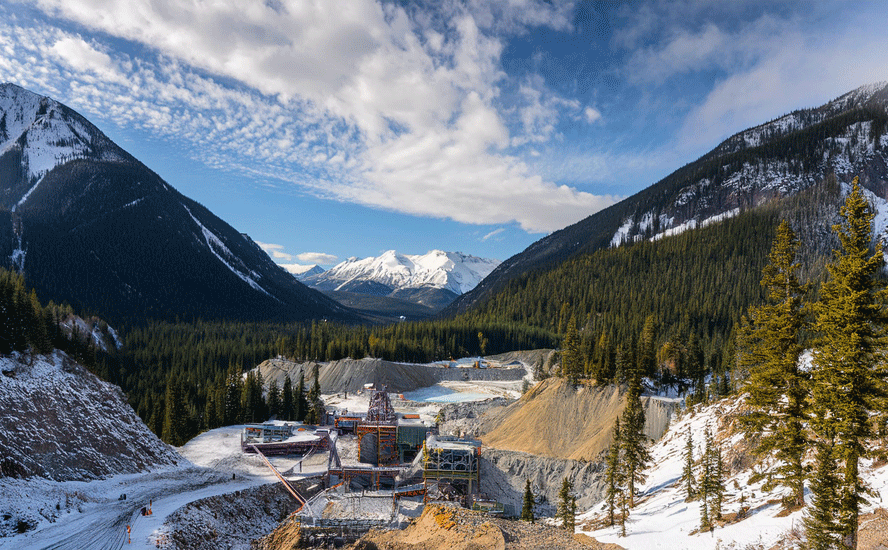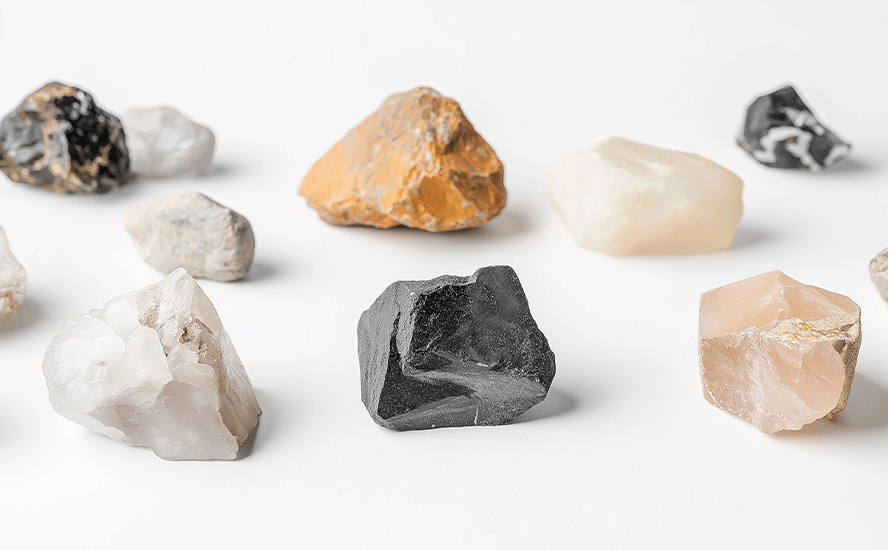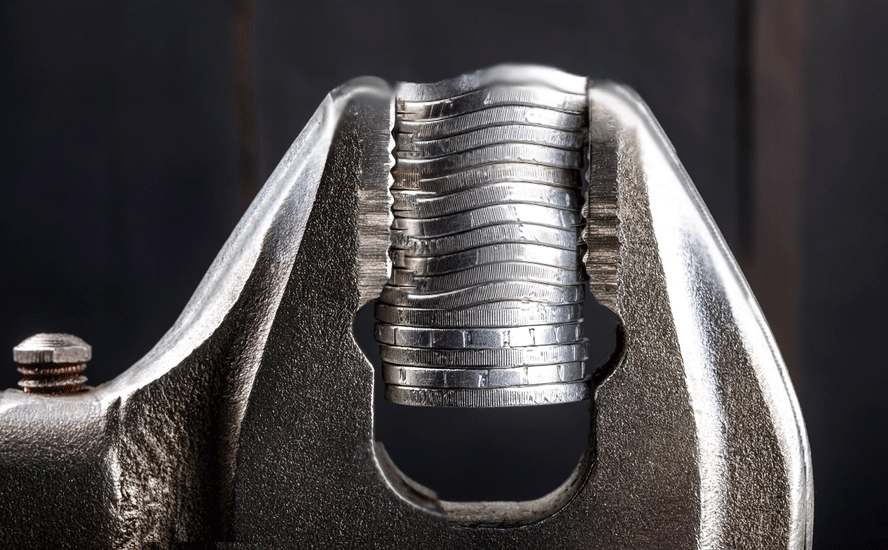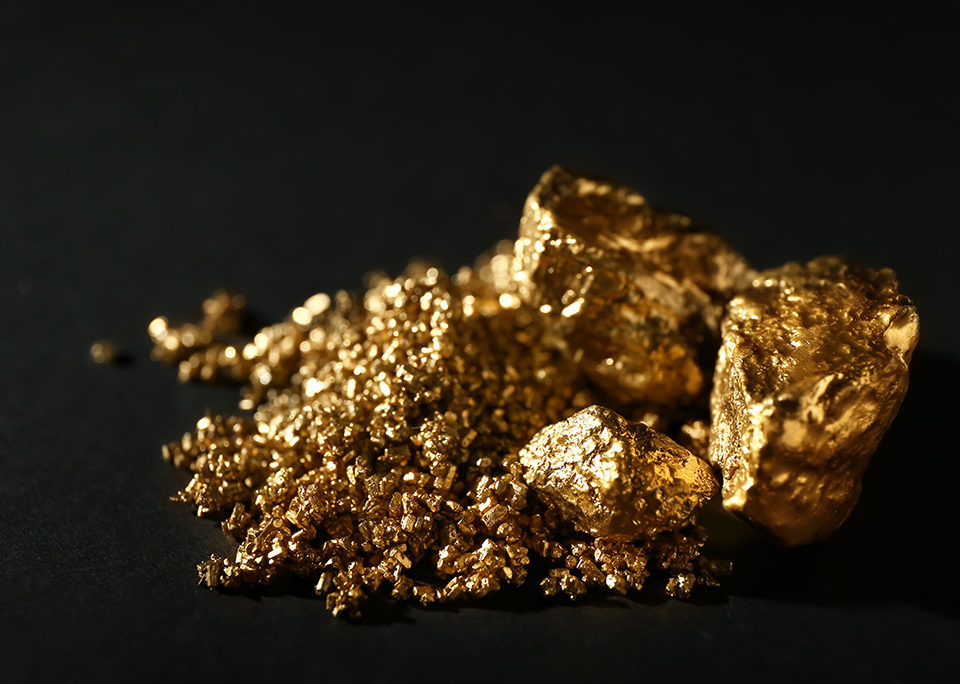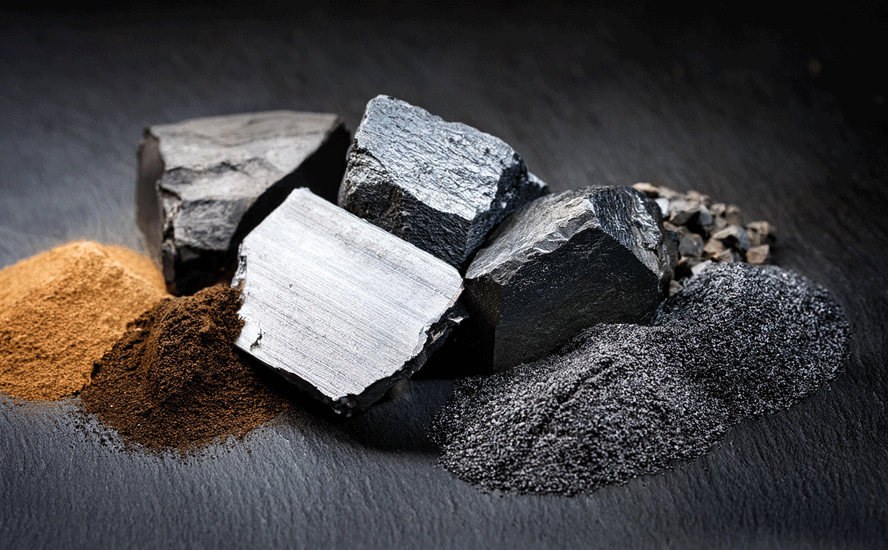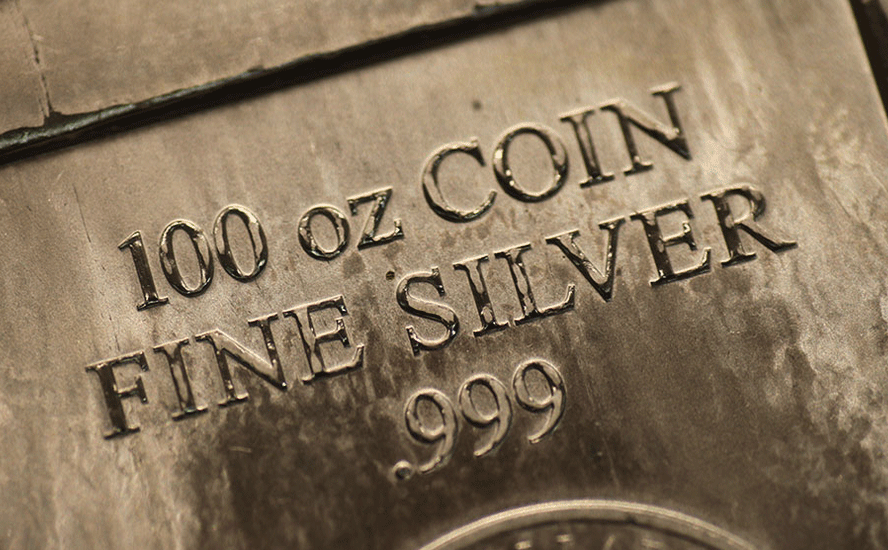Marvel goes on a staking spree in Central Newfoundland Gold Belt Area Play
2021.07.24
Area plays, where one company makes a discovery then dozens of other companies rush in to stake all around them, are at the very foundation of junior resource markets. Some noteworthy Canadian area plays are Hemlo in 1982, Eskay Creek in 1990, the Lac de Gras diamond area play in 1992, Voisey’s Bay (nickel-copper) in 1995 and the Yukon’s White Gold Rush in 2010.
Central Newfoundland Gold Belt Area Play
All the elements of a new area play can be found in the Central Newfoundland Gold Belt, one of the most deep-seated, structurally prepared gold environments on the planet.
During a period known as the Taconic orogeny that lasted from 480-430 million years ago, the continental plates of Laurentia and Gondwana collided, closing the Iapetus Ocean between them. The islands we now know as Newfoundland, Ireland and Great Britain, were crushed between the continental plates, and deep crustal breaks were created that remained as active fluid conduits for millions of years. The image below shows the five major tectonic breaks that have been traced back to their origins over 400 million years ago and are identifiable across the continents for thousands of kilometers.

These deep crustal breaks are important mineralizing structures for numerous multi-million-ounce gold deposits along these trends. Dalradian’s Curraghinalt gold deposit in Northern Ireland, OceanaGold’s (TSX:OGC) Haile deposit in Southern Carolina, and Marathon Gold’s (TSX:MOZ) Valentine Lake deposit, which lies just southwest of New Found Gold’s (TSXV:NFG) Queensway discovery, each provide evidence that these structures are integral conduits for gold deposits.
First movers
In 2019, thanks to exploration targeting by GoldSpot Discoveries’ (TSXV:SPOT) artificial intelligence technology, New Found Gold (TSXV:NFG) announced one of the most significant drill results ever reported in the province at the Keats zone of its Queensway project: a 19-meter intercept of 92.86 g/t Au. Since then, NFG has made more discoveries, and now has around $1.5 billion in market capitalization.
A monster 200,000-meter drill campaign is underway focused on an 8.7-kilometer corridor along the Appleton fault, following up on the 92 g/t hit.
At the Lotto zone, from an initial discovery hole of 41.2 g/t Au over 4.75m and 25.4 g/t over 5.1m, follow-up drilling indicates continuity at depth including 225 g/t over 2.5m and 150.3 g/t over 11.5m.
On June 29, a new discovery was announced at the Golden Joint zone, about 1 km north of Keats, where an eye-popping interval of 430.2 g/t over 5.25m was recorded.
Even before NFG put Newfoundland on the gold exploration map, there was Sokoman Minerals (TSXV:SIC). In 2017 Sokoman hit 11.9m of 44.9 g/t Au gold, prompting a number of juniors to stake claims and acquire ground in the Moosehead Gold District.
Just under 20,000m of a proposed 50,000 Phase 6 drill program has been completed, with multiple strong intersections reported including 8.10m @ 68.25 g/t Au, 18.90m @ 13.09 g/t, 4.20m @ 64 g/t and 5m @ 26.87 g/t.
Earlier this year Marathon Gold (TSX:MOZ) updated the resource at its Valentine gold project, in a technical report outlining 3.14 million ounces in measured and indicated, and 1.65Moz inferred. (proven and probable reserves of 2.05Moz)
The feasibility study envisions an open-pit mine with average annual gold production of 173,000 ounces, over a 13-year mine life.
Marathon Gold trades on the Toronto main board at $3.12 per share with a market capitalization of $724.9 million. The latest assay results from ongoing in-fill drilling at the 1.5-km-long Berry deposit include 5.59 g/t Au over 21m, 2.07 g/t over 37m, 1.58 g/t over 26m, 2.27 g/t over 13m, and 2.08 g/t over 14m.
Labrador Gold (TSXV:LAB) is another company piquing interest in Newfoundland gold exploration. Recently the Toronto-based company released an impressive half-meter (0.5m) intercept of 276.56 g/t gold at its Kingsway project located near Gander, NL. LAB currently trades at $1.26 per share and has a market value of $189 million.
Exploits Subzone
Within the Central Newfoundland Gold Belt, the Exploits Subzone and Gander River Ultramafic Belt (GRUB) regions were the focus of major staking and financing throughout 2020, with increased exploration activities in 2021.
Running from Dog Bay southwest for 200 km to Bay d’Espoir, the Exploits Subzone has been neglected since the last major exploration campaigns in the 1980s. However, the last 40 years have seen incremental advancements in the understanding of gold mineralization in the camp.
The sum of this knowledge is now coming together in effective exploration models that have delivered new discoveries.
What makes the Exploits Subzone such a prime target for gold discovery? Prominent regional thrust faulting shows evidence of a long tectonic history including fluid migration.
Consider that the majority of Newfoundland’s gold occurrences and exploration, including New Found Gold’s 2019 Queensway discovery, lie within the Exploits Subzone and are in the vicinity of the above-mentioned GRUB Line fault.
Fact is, to stand out from among the 30-odd gold juniors that are presently combing the island, your property had better overlie one of the deep-seated structures Newfoundland is famous for, and have a secondary structure that provides a trap for the gold mineralization.
Marvel Discovery Corp
Marvel Discovery Corp (TSXV:MARV, FSE: O4T1, IMTFF:OTC PINKS) has assembled a sizeable land position, about 60,000 hectares, right in the thick of the Exploits Subzone — potentially one of the world’s last easily accessible, district-scale gold camps.
See below for Marvel’s map of the area including the major faults shown as heavy black lines.

The company has been busy snapping up claims and adding to its land package.
In June, Marvel acquired 420 claims totaling 10,250 hectares, 45 km south of Gander, close to the boundary between the Exploits Subzone and the Gander zone.
The new ground, dubbed Gander South, is around 10 km east of the Dog Bay-Appleton-GRUB Line fault system, which extends from northern coast of Newfoundland 200 km southwest through Gander, and hosts New Found Gold’s Queensway project.
Two days later, on June 10, Marvel enlarged its Gander South property by adding 274 claims totaling 6,850 hectares. The new claims, located 10 km north of Gander South, and contiguous to New Found Gold’s Queensway project, upsized the Gander South project to 17,100 ha, making Marvel a major player in the Central Newfoundland Gold Belt.
In late June, the company took a commanding land position within the Hope Brook area by staking 763 claims (19,075 hectares) located contiguous to First Mining Gold and the Sokoman Minerals-Benton joint venture.
Of significance is the Hope Brook gold mine, which was in production between 1987-1997, producing 752,163 ounces of gold plus a copper concentrate.
Exploration and resource definition by Coastal Gold Corp., acquired by First Mining in 2015, has outlined an additional 6.33 million tonnes at an average grade of 4.68 g/t Au for 954,000 ounces of gold in the indicated and inferred categories.
The property covers extensions or is close to two major structures linked to significant gold prospects (Cape Ray, Matador Mining) and deposits (Hope Brook, First Mining) in southern Newfoundland.
Rock lithologies and structures on the property are also related to those associated with Marathon Gold’s Valentine gold deposit, Sokoman’s Moosehead project and New Found Gold’s Queensway project.
Marvel’s latest acquisition, announced earlier this week, comprises 478 claims totaling 11,875 ha. The new claims, rolled into Marvel’s latest addition to its Newfoundland portfolio, named Gander North, are located 25 km east of New Found Gold’s Queensway project and are contiguous to Sassy Resources’ (CSE:SASY) Gander North project, whose management includes Shawn Ryan of Yukon White Gold fame.

The property lies close to the Dog Bay-Appleton Grub Line fault system. According to the company, Northeast trending structural lineaments first recognized by Sassy Resources to the immediate southeast are interpreted to continue onto the Property. An interpretation of the regional magnetics shows NNE trending, ophiolite bearing thrust faults are cross-cut by a series of brittle NE trending fault-fractures, which indicate a regional setting similar to that to the highly prospective eastern Exploits Subzone.

In addition to Gander North, Gander South and Hope Brook, Marvel has two other projects within the Exploits Subzone of the Central Newfoundland Gold Belt.
The Slip Lakeproperty hosts gold mineralization with historical sampling of up to 44.5 g/t Au on surface. It is located 17.5 km northwest of New Found Gold’s Queensway project.
The Victoria Lake property is tied onto Marathon Gold’s Valentine Lake deposit, exhibiting a similar style of gold-bearing veins. Preliminary work on the project located several quartz-arsenopyrite veins returning grab samples ranging in value from 15.5 g/t to 24.9 g/t gold.
“Newfoundland is on the verge of becoming one of the great mining jurisdictions on a global scale, with recent drill intercepts by New Found Gold. The perfect opportunity is here for numerous discoveries,” said Marvel’s CEO, Karim Rayani, in the July 22 news release. “Marvel offers what I feel is one of the best value propositions. Marvel continues its aggressive approach acquiring lands that have been overlooked by larger companies. The Gander North property marks an exciting addition to our portfolio bringing our total holdings to 29,300 hectares in the Gander District alone, not counting our other land holdings on the Island. This brings our new total to approx. 60,000 hectares. We look forward to performing high resolution magnetic surveys over our entire property and integrating mineralization trends and historical results to vector exploration efforts to those areas of high merit.”
Conclusion
The Exploits Subzone of Central Newfoundland is on its way to becoming the world’s next large gold district.
Companies are busily drilling the area and the first movers, including New Found Gold, Marathon Gold and Labrador Gold, are banking high-grade intercepts worthy of investor interest.
The area’s faults and subfaults have shown a long history of fluid migration. Central Newfoundland’s major tectonic breaks — five to be exact — can be traced back some 400 million years.
These deep crustal breaks are important mineralizing structures for hosting multi-million-ounce gold deposits. The potential is evident in Marathon’s Valentine Lake deposit and, more recently, at New Found Gold’s Keats, Lotto and Golden Joint zones.
Today, Central Newfoundland is home to a number of up-and-coming gold explorers looking to become the next Marathon or NFG, and competition for land is growing fierce.
Having established itself as a major landowner with five projects in this highly prolific region, Marvel represents an intriguing opportunity for investors looking for the next gold play in Central Newfoundland.
Marvel Discovery Corp.
TSXV:MARV, FSE: O4T1, IMTFF:OTC PINKS
Cdn$0.13, 2021.07.22
Shares Outstanding 71.1m
Market cap Cdn$9.6m
MARV website
Richard (Rick) Mills
aheadoftheherd.com
subscribe to my free newsletter
Legal Notice / Disclaimer
Ahead of the Herd newsletter, aheadoftheherd.com, hereafter known as AOTH.
Please read the entire Disclaimer carefully before you use this website or read the newsletter. If you do not agree to all the AOTH/Richard Mills Disclaimer, do not access/read this website/newsletter/article, or any of its pages. By reading/using this AOTH/Richard Mills website/newsletter/article, and whether you actually read this Disclaimer, you are deemed to have accepted it.
Any AOTH/Richard Mills document is not, and should not be, construed as an offer to sell or the solicitation of an offer to purchase or subscribe for any investment.
AOTH/Richard Mills has based this document on information obtained from sources he believes to be reliable, but which has not been independently verified.
AOTH/Richard Mills makes no guarantee, representation or warranty and accepts no responsibility or liability as to its accuracy or completeness.
Expressions of opinion are those of AOTH/Richard Mills only and are subject to change without notice.
AOTH/Richard Mills assumes no warranty, liability or guarantee for the current relevance, correctness or completeness of any information provided within this Report and will not be held liable for the consequence of reliance upon any opinion or statement contained herein or any omission.
Furthermore, AOTH/Richard Mills assumes no liability for any direct or indirect loss or damage for lost profit, which you may incur as a result of the use and existence of the information provided within this AOTH/Richard Mills Report.
You agree that by reading AOTH/Richard Mills articles, you are acting at your OWN RISK. In no event should AOTH/Richard Mills liable for any direct or indirect trading losses caused by any information contained in AOTH/Richard Mills articles. Information in AOTH/Richard Mills articles is not an offer to sell or a solicitation of an offer to buy any security. AOTH/Richard Mills is not suggesting the transacting of any financial instruments.
Our publications are not a recommendation to buy or sell a security – no information posted on this site is to be considered investment advice or a recommendation to do anything involving finance or money aside from performing your own due diligence and consulting with your personal registered broker/financial advisor.
AOTH/Richard Mills recommends that before investing in any securities, you consult with a professional financial planner or advisor, and that you should conduct a complete and independent investigation before investing in any security after prudent consideration of all pertinent risks. Ahead of the Herd is not a registered broker, dealer, analyst, or advisor. We hold no investment licenses and may not sell, offer to sell, or offer to buy any security.
Richard does not own shares of Marvel Discovery Corp. (TSXV:MARV). MARV is a paid advertiser on his site aheadoftheherd.com
Legal Notice / Disclaimer
Ahead of the Herd newsletter, aheadoftheherd.com, hereafter known as AOTH.Please read the entire Disclaimer carefully before you use this website or read the newsletter. If you do not agree to all the AOTH/Richard Mills Disclaimer, do not access/read this website/newsletter/article, or any of its pages. By reading/using this AOTH/Richard Mills website/newsletter/article, and whether you actually read this Disclaimer, you are deemed to have accepted it.











